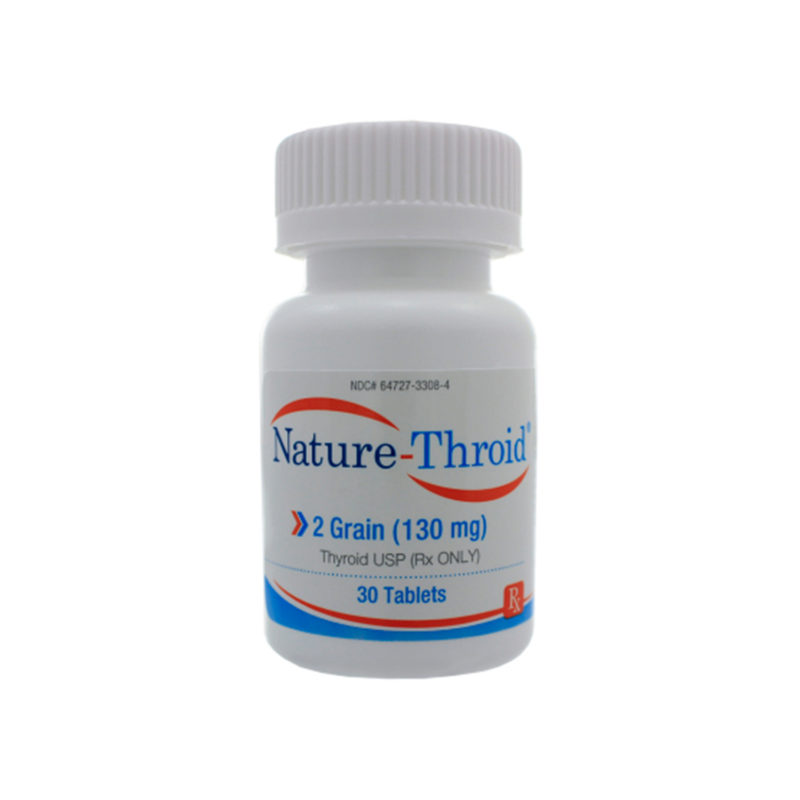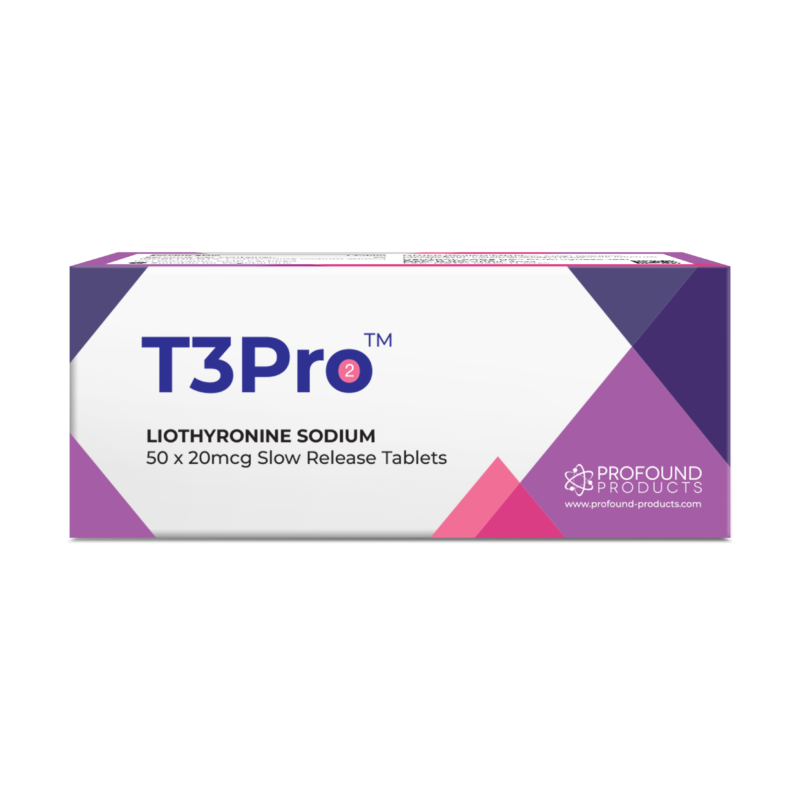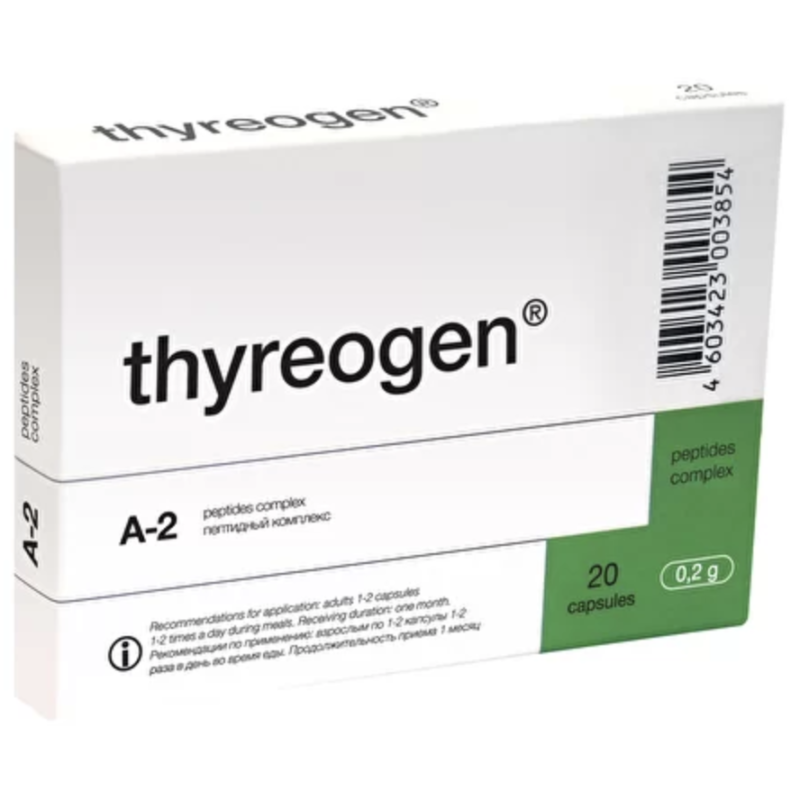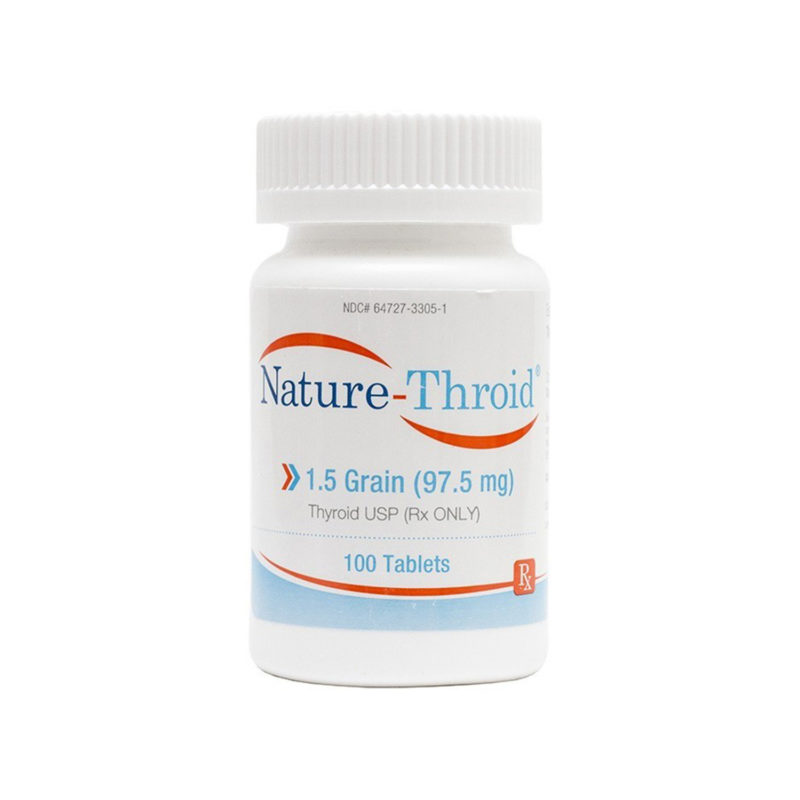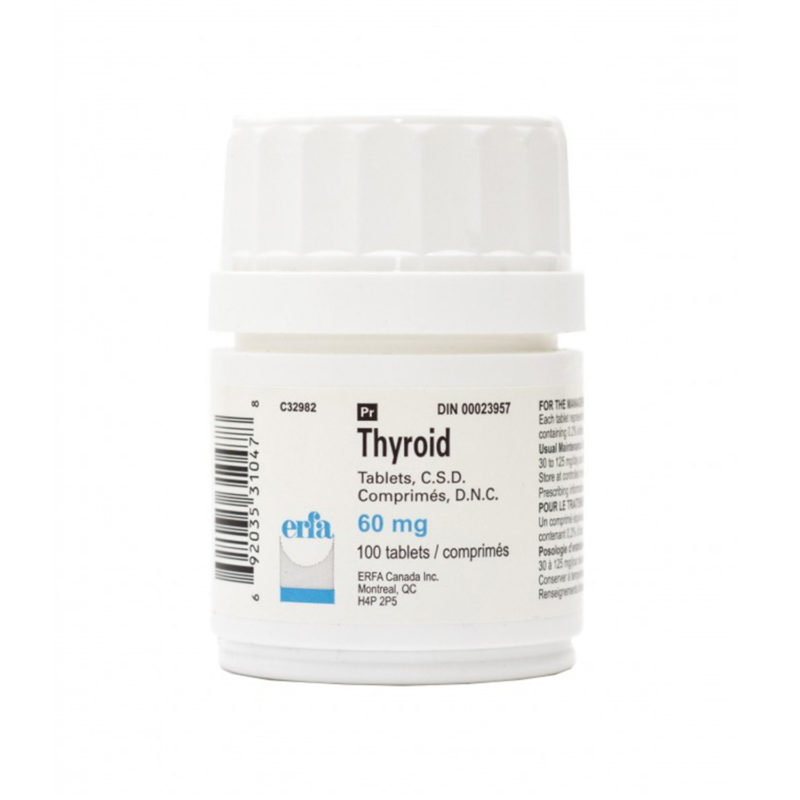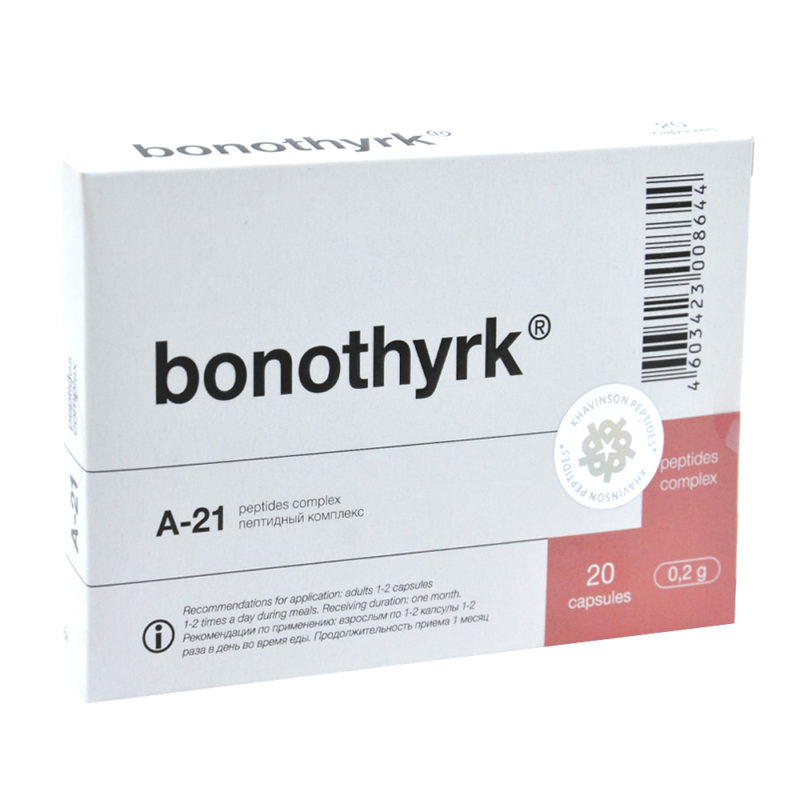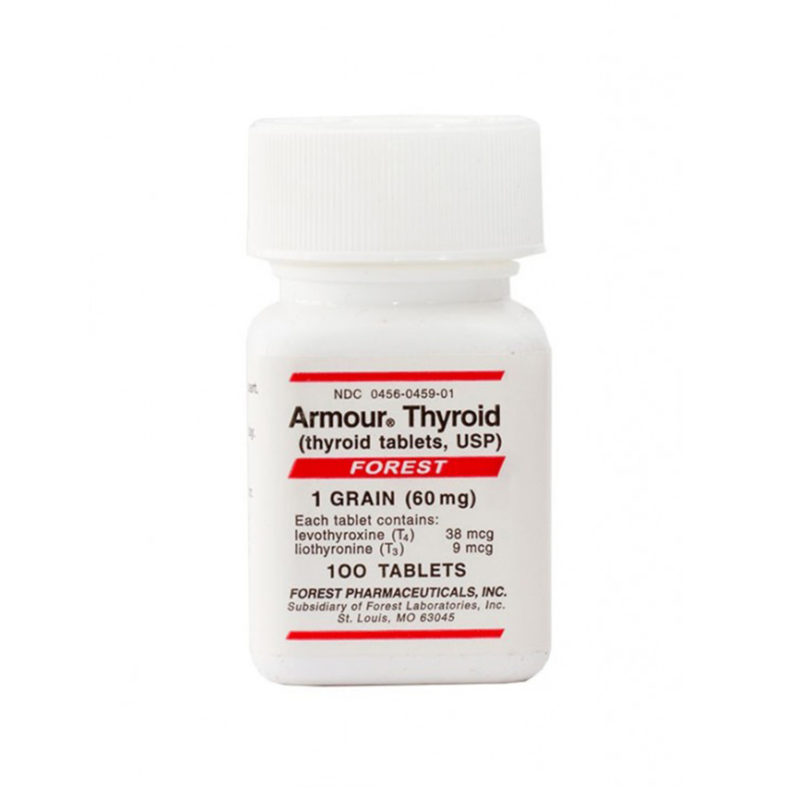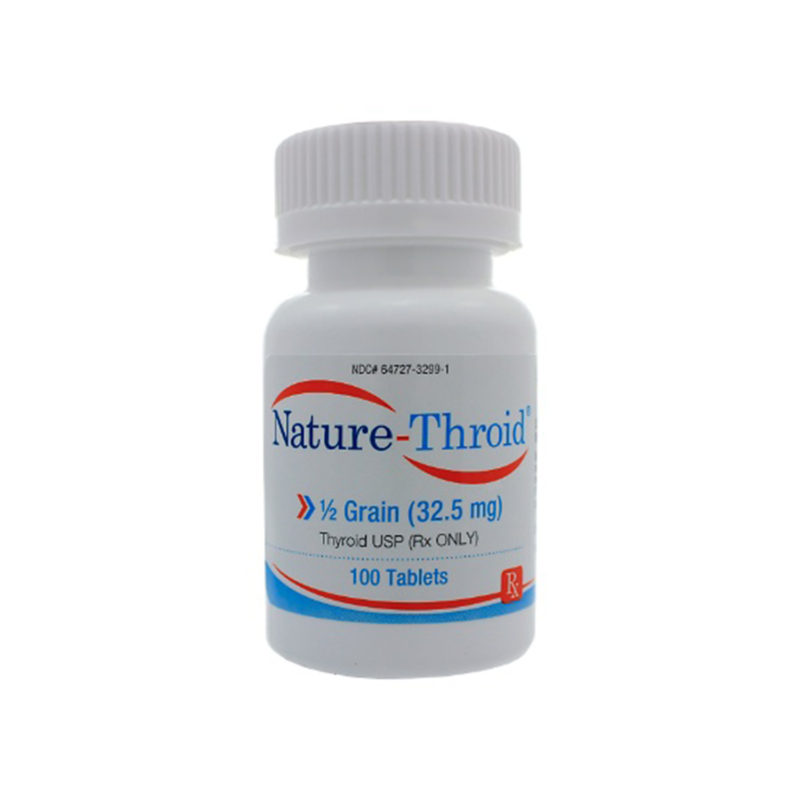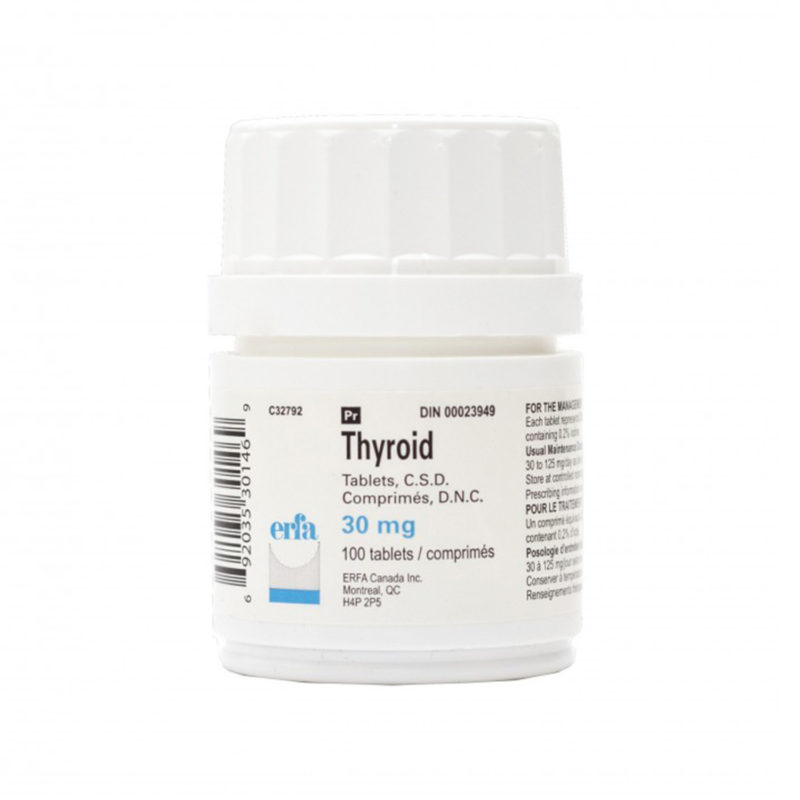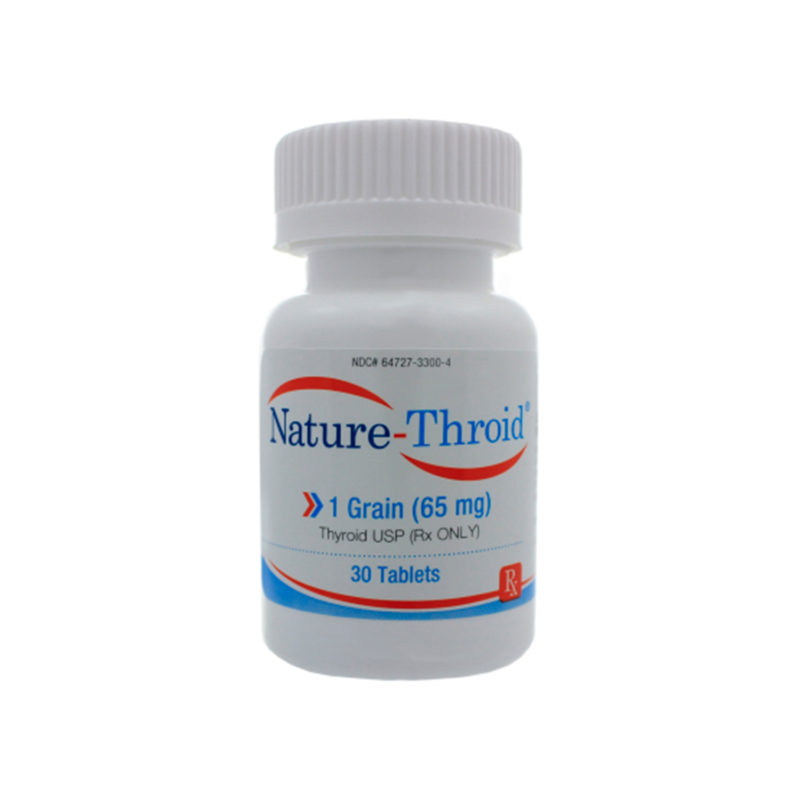The fundamental and largely neglected key role of the thyroid gland
Its energy-generating, oxygen-producing mechanism
After 60 years of lonely meditation within the deafening noise of medical research, I can now assert, for the sake of all doctors who read these, that all diseases can be prevented and, when we are late, at least brought back under control. The main cause of our inability to prevent and cure diseases and aging is simply overt or silent hypothyroidism. I will explain why.
When combining research in my laboratory and later, after 1996, my medical activity with patients who asked me for help after reading the Melatonin Miracle, I was convinced that medicine had reached a high level of knowledge and that what the doctors watch when examining the common laboratory tests, was a reliable criterion to evaluate the conditions of the patient. I was wrong! I became progressively aware that the limits imposed to the doctors by the World Health Organization in Geneva (WHO) are totally misleading, in particular when related to the thyroid. I was keenly interested also because I was myself a victim, 23 years ago, of a De Quervain thyroiditis which left me profoundly hypothyroid. The specialist gave me T4 supplementation and I felt very sick. I started to blow up with retained water, to felt extremely weak even when increasing the dosage. Luckily I started reading a lot of old and new books and discovered that T4, the inactive hormone with four atoms of iodine, can hardly function unless it is converted to T3, triiodothyronine- the ‘gasoline of the body’.
This discovery I have learnt from the master Broda Barnes37 is:
a) T4 is hardly converted to T3 owing to the progressive, age-related decrease of the enzyme tyrosinase in the liver and
b) That measurement of the basal body temperature in the morning is by far the most precise method to evaluate thyroid function.
I modified my own treatment by applying a combination of T4, T3 and mineral iodine, a procedure I have been now applying to all my patients for 15 years, with the greatest success. But many doctors are still even now are only prescribing just T4, and they do not measure body temperature! I learnt that T4 and T3 values must be 2-3 times higher than those shown in the lab tests and that TSH must be kept close to zero. Doctors ignore that protein synthesis, including the production and secretion of all polypeptide hormones in the pituitary gland cannot take place properly if T3 is low and that high TSH itself is carcinogenic38.
I learnt that cell proliferation of the epithelia lining the gastro-intestinal tract depends on correct thyroid supplementation and that constipation is due to lack of muscle energy in the gut and in the stomach also producing reflux and gastritis. T3 insufficiency is a true cause for most diseases of the most varied character, including infectious diseases, cardiovascular diseases and finally cancer.
I strongly believe that the present inability to appreciate the extension of the problem of universal and untreated hypothyroidism is the greatest tragedy of our times. The thyroid gland via production of T3 controls immunity25-29 and all cell and organ functions. It is obvious that the oxygen supply to the cells via the metabolic pathway, (in which T3 serves to provide the body of the needed energy and the strict control of thermoregulation), is a fundamental step for all body functions! Doctors and even endocrinologists ignore it. My question is- why?
Hypothyroidism is a universal problem affecting the whole world population and leading to the development of all diseases and finally to an accelerated senescence. I observed that many psychic problems such as depression, anxiety, fear, panic are in fact dependent from hypothyroidism, when synthesis of basic neurotransmitters such as dopamine and serotonin are hampered. Also most cases of chronic and untreatable headaches can be cured. The brain needs metabolic oxygen which is low in hypothyroidism. Another consequence of silent hypothyroidism is hyperglycemia, high blood sugar levels. Not only insulin deficiency, a protein whose synthesis depends on T3, produces hyperglycemia! I have seen in thousands of patients that by increasing their supply of T4 and T3 to apparently euthyroid patients, we can slow and arrest the progressive increase of glycemia in type-II diabetes, also called senile diabetes. It is silent and undetected hypothyroidism which is the main cause of senile diabetes! It is a vicious circle starting in the pituitary gland and thyroid which produces all the typical derangements of metabolic aging such as immunodepression, arteriosclerosis and cancer. In a different context I will also explain how a different type of hypothyroidism exists which is totally ignored, it can be reversed and is the cause of most cardiovascular diseases. I have named it ‘pituitary hypothyroidism’. It affects a very large part of the population and is totally ignored! (See more details later on)
Summary
To summarize: the undetected and ignored silent hypothyroidism now represents the worst health threat for the world population. For reasons I am unable to discuss here, doctors and specialists ignore it and seem to be faithful disciples of the prescriptions of WHO, thus allowing, willingly or not, that the world population is still now susceptible to all known degenerative pathologies which are generated by a clear-cut progressive decrease of T3, the fuel and energy-generating furnace of the body. In my experience, almost the totality of disease depends on this tragic, incredible, historical mischief.
References
1. Pierpaoli, W., Overcoming the histocompatibility barrier. Transferrins as carriers and modulators of immunogenic identity. Cell Transpl. 7, 541-548, 1998.
2. McCay ,C.M., M.F. Crowell. 1934. Prolonging the life span. Sci. Monthly 39, 405-414
3. Lane, M.A., D.K. Ingram & G.S. Roth. Beyond the rodent model: caloric restriction in rhesus monkey. Age 20, 45-56, 1997.
4. Pierpaoli, W., Hämmerli, M., Sorkin, E., Hurni, H. Role of thymus and hypothalamus in ageing. V. European Symposium on Basic Research in Gerontology, pp 141-150. Weimar, Verlag Dr. Med. D. Straube, Erlangen, DRG, 1977.
5. Pierpaoli, W., Sorkin, E. Relationship between thymus and hypophysis. Nature 215, 834-837, 1967.
6. Pierpaoli, W. and Sorkin, E. Alterations of adrenal cortex and thyroid in mice with congenital absence of the thymus. Nature New Biology 238, 282-285, 1972.
7. Fabris, N., Pierpaoli, W., Sorkin, E. Hormones and the immunological capacity. IV. Restorative effects of developmental hormones or lymphocytes on the immunodeficiency syndrome of the dwarf mouse. Clin. Exp. Immunol. 9, 227-240, 1971.
8. Pierpaoli, W. Changes of the hormonal status in young mice by restricted caloric diet. Experientia 33, 1612-1613, 1977.
9. Pierpaoli, W. The pineal gland: a circadian or seasonal aging clock? Aging 3, 99-101, 1991.
10. Pierpaoli, W., Regelson, W. The pineal control of aging. The effect of melatonin and pineal grafting on aging mice. Proc. Natl. Acad. Sci. USA, 91, 787-791, 1994.
11. Roth, G.S., Lesnikov, V.A, Lesnikova, M., Ingram, D.K., Lane, M.A. Dietary caloric restriction prevents the age-related decline in plasma melatonin levels of rhesus monkeys. J. Clin. Endocr.& Metab., 86, 3292-3295, 2001
12. Pierpaoli, W., Maestroni, G. Melatonin: a principal neuroimmunoregulatory and anti-stress hormone: its antiaging effects. Immunol. Let. 16, 355-362, 1987
13. Pierpaoli, W., Dall’Ara, A., Pedrinis, E., Regelson, W. The pineal control of aging: the effects of melatonin and pineal grafting on the survival of older mice. Ann. N.Y. Acad. Sci. 621, 291-313, 1991.
14. Pierpaoli, W., Bulian, D. The Pineal Aging and Death Programme. I. Grafting of old pineals in young mice accelerates their aging. J. Anti-Aging Med. 4, 31-37, 2001.
15. Pierpaoli, W., Lesnikov, V.A. Theoretical Considerations on the Nature of the Pineal “Aging Clock”. Gerontology 43, 20-25, 1997
16. Pierpaoli, W., Bulian, D., Dall’Ara, A., Marchetti, B., Gallo, F., Morale, M.C., Tirolo, C. and Testa, N. Circadian melatonin and young-to-old pineal grafting postpone aging and maintain juvenile conditions of reproductive functions in mice and rats. Exp. Gerontol. 32, 587-602, 1997.
17. Bellipanni, G., Bianchi, P., Pierpaoli, W., Bulian, D., Ilyia, E. Effects of melatonin in perimenopausal and menopausal women: a randomized and placebo-controlled study. Exp. Gerontol., 36, 297-310, 2001.
18. Pierpaoli, W., Bulian, D. The pineal aging and death program. II. Life prolongation in pre-aging pinealectomized mice. Ann. N.Y. Acad. Sci., 1057, 133-144, 2005.
19. Pierpaoli, W., Yi, C.X. The involvement of pineal gland and melatonin in immunity and aging. I. Thymus-mediated, immunoreconstituting and antiviral activity of thyrotropin releasing hormone (TRH). J. Neuroimmunol. 27, 99-109, 1990.
20. Pierpaoli, W. The rotational origin and state of the whole. Its relation to growth, fertility, aging, death, and diseases. Ann. N.Y. Acad. Sci. 1057, 1-15, 2005.
21. Lesnikov, V.A., Pierpaoli, W. Pineal cross-transplantation (old-to-young and young-to-old) as evidence for an endogenous “aging clock”. Ann. N.Y. Acad. Sci. 719, 456-460, 1994.
22. Maestroni, G., Pierpaoli, W. Pharmacological control of the hormonally mediated immune response. In: Psychoneuroimmunology, pp 405-428 (Edited by R. Ader), Academic Press, New York, 1981.
23. Pierpaoli, W. Neuroimmunomodulation of aging: a programme in the pineal gland. Ann. N.Y.
Acad. Sci. 840, 491-497, 1998
24. Pierpaoli, W., Sorkin, E. Hormones and immunological capacity. I: Effect of heterologous anti-growth hormone (ASTH) antiserum on thymus and peripheral lymphatic tissue in mice. Induction of a wasting syndrome. J. Immunol. 101, 1036-1043, 1968.
25. Pierpaoli, W., Baroni, C., Fabris, N., Sorkin, E. Hormones and immunological capacity. II. Reconstitution of antibody production in hormonally deficient mice by somatotropic hormone, thyrotropic hormone and thyroxine. Immunology 16, 217-230, 1969.
26. Pierpaoli, W., Fabris, N., Sorkin, E. Developmental hormones and immunological maturation. In: Hormones and the Immune Response, pp126-143. Ciba Foundation Study Group No. 36. (Edited by G.E.W. Wolstenholme and Julie Knight). Churchill, London, 1970.
27. Fabris, N., Pierpaoli, W., Sorkin, E. Hormones and the immunological capacity. III. The immunodeficiency disease of the hypopituitary Snell-Bagg dwarf mouse.Clin. Exp. Immunol. 9, 209-225, 1971.
28. Fabris, N., Pierpaoli, W., Sorkin, E. Lymphocytes, hormones and aging. Nature 240, 557-559, 1972.
29. Jackson, I.M.D. Thyrotropin-releasing hormone. New Engl. J. Med. 306,145-155, 1982.
30. Griffith, E.C. Thyrotropin releasing hormone: endocrine and central effects. Psychoneuroendocrinol. 10,225-235, 1985.
31. Lesnikov, V.A., Korneva, E.A., Dall’Ara, A., Pierpaoli, W. The involvement of pineal gland and melatonin in immunity and aging. II. Thyrotropin releasing hormone and melatonin forestall involution and promote reconstitution of the thymus in anterior hypothalamic area (AHA)-lesioned mice. Int. J. Neurosci. 62, 141-153, 1992.
32. Pierpaoli, W., Bulian D., Bulian G., and Kistler, G. Thyrotropin releasing hormone (THR) accelerates and enhances the aging-postponing effects of melatonin. J. Anti-Aging Med, 2, 343-348, 1999.
33. Pierpaoli W, Lesnikov VA. Effects of long-term intraperitoneal injection of thyrotropin-releasing hormone (TRH) on aging- and obesity-related changes in body weight, lipid metabolism, and thyroid functions. Current Aging Science, 4, 25-32, 2011.
34. Pierpaoli, W. Aging-reversing properties of thyrotropin releasing hormone (TRH). Fifth Stromboli Conference on Aging and Cancer, June 2010. Current Aging Science, Bentham, 2012, in press.
35. Holaday, J.W., Long, J.B., Martinez-Arizala, A., Chen, H.S., Reynolds, D.G., Gurll, N.J. Effects of TRH in circulatory shock and central nervous system ischemia. Ann. N.Y. Acad. Sci. 553, 370-379, 1989.
36. Barnes, O.B., Galton, M.D. Hypothyroidism: the unsuspected illness. Harper & Row, New York, 1976
37. Furth, J. III. Hormones and abnormal growth. Experimental pituitary tumors. From “Rec. Progr. Horm. Res” Vol. XI, pp.221-249. Academic Press, N
